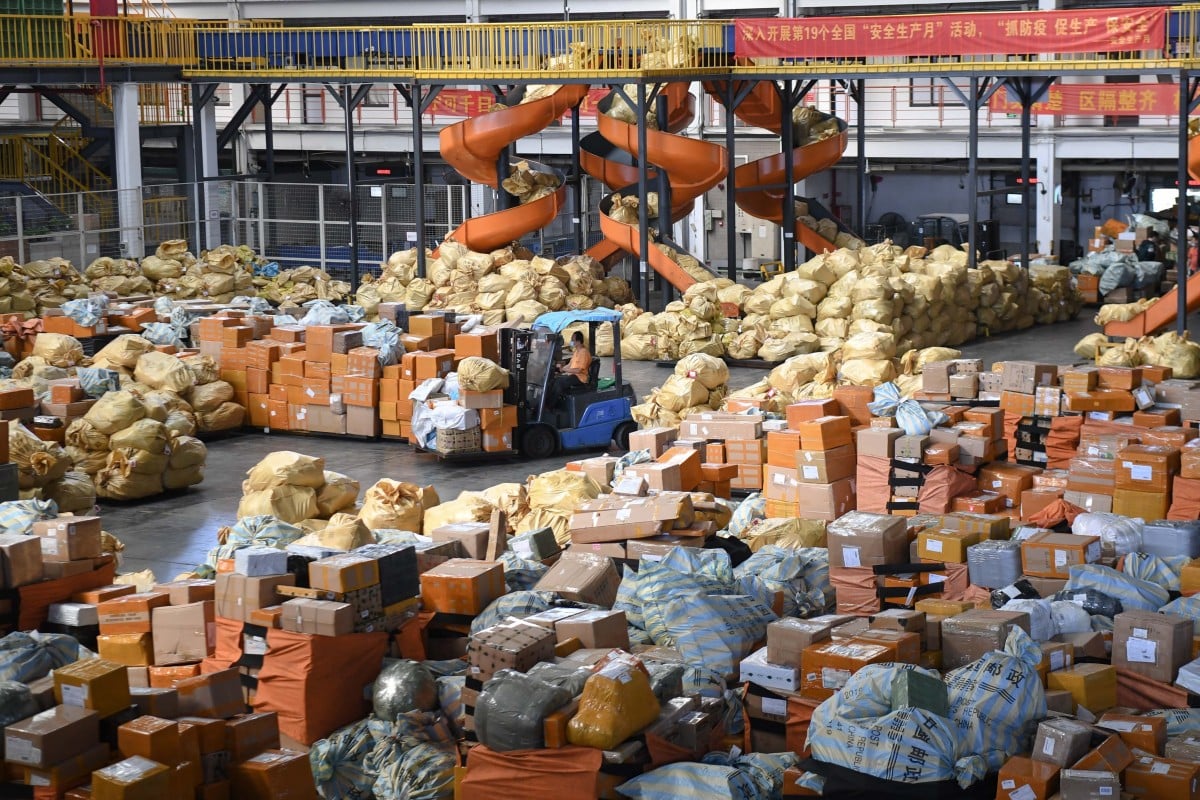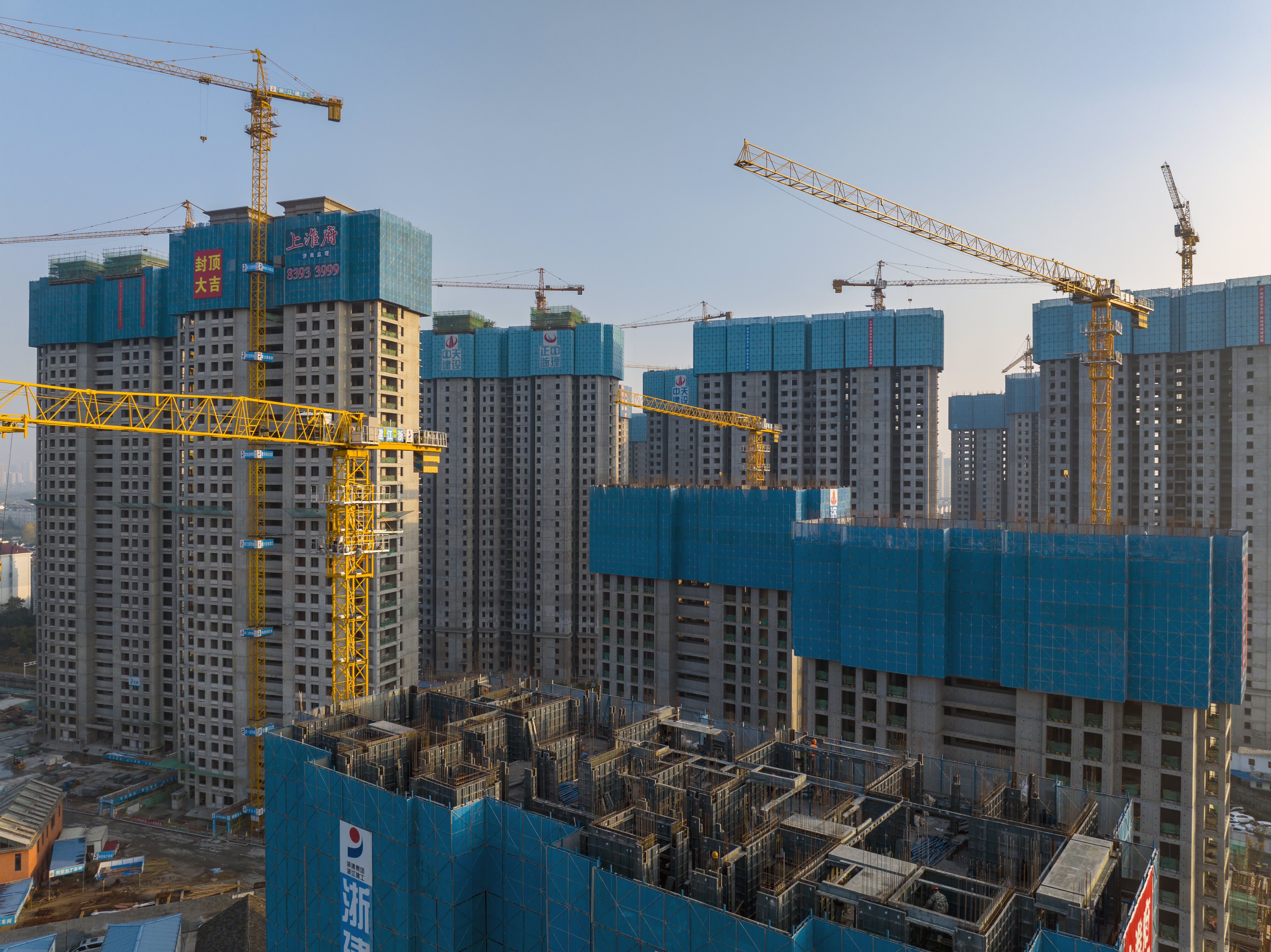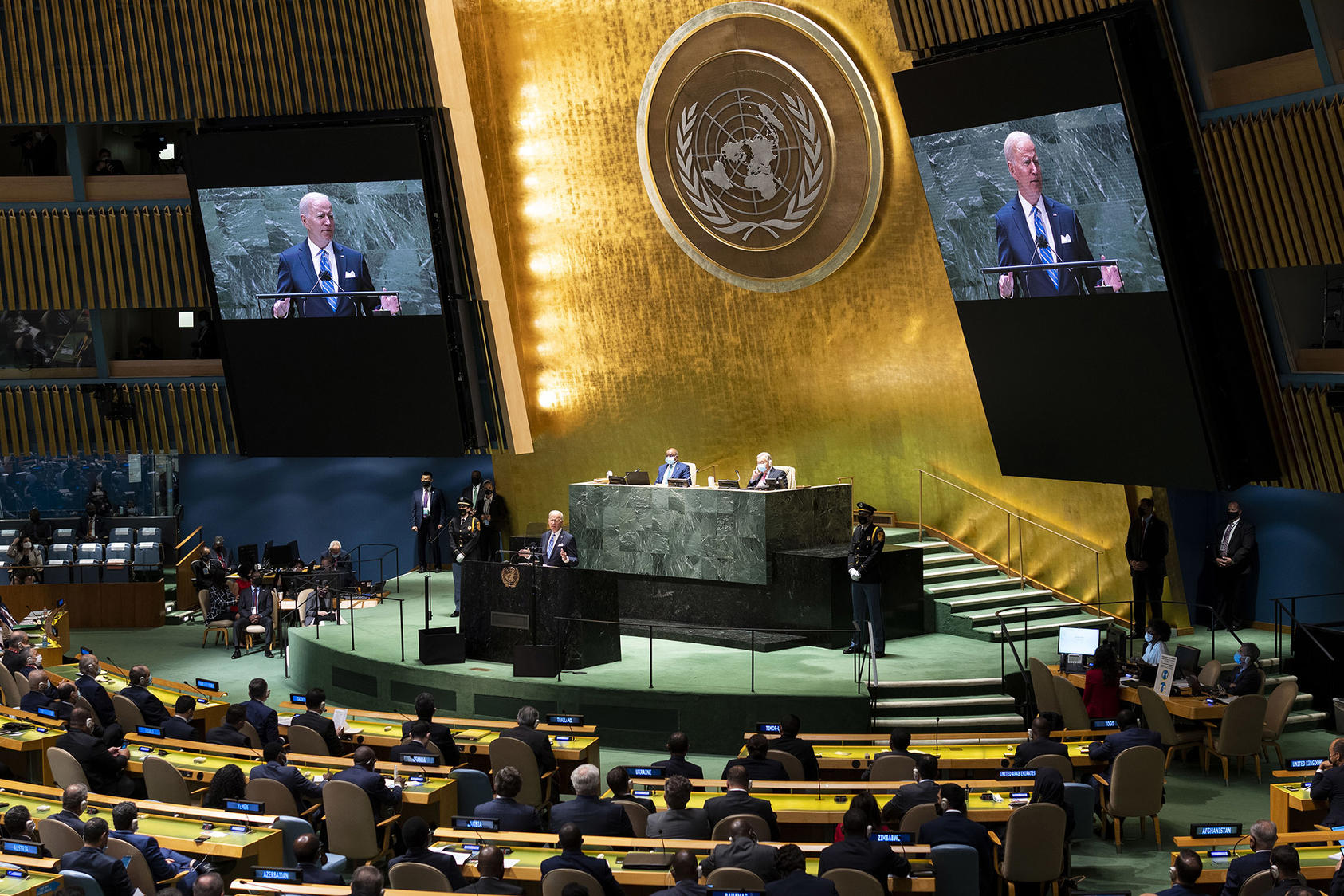The End of China’s Growth?
The world’s economy is uncertain. One of the reasons for this is the state of the Chinese economy. Some even say: "It can never surpass the United States to become the largest economy." How to look at "the end of” China's growth miracle? The article below originally appeared in a recent edition of HK01. The writer is Lu Yi. I have adapted and added to his work.
The situation
China released unsatisfactory economic data for the first half of 2023. Foreign Affairs published "The End of China's Economic Miracle". Paul Krugman, a Nobel laureate in economics, also published an article in the New York Times.
The end of China's economic miracle
It has become a hot topic. China may enter a new era of slowing growth rather than a short-term economic downturn. One report said China may never surpass the United States to become the world's largest economy.

In promoting a forthcoming event, Britain's Financial Times says:
China was forecast to contribute 35 per cent of global GDP growth this year — much more than any other country. But a rush of figures over the summer reveals a structural slowdown. Consumer spending is relatively weak, the private sector is anaemic, youth unemployment is spiralling, local governments are severely short of capital, and the property market has tanked.
China's economic plight
Firstly, it is undeniable that after China abandoned its zero-covid policy, it not only did not have a sustained and robust economic recovery but also encountered a decline in exports, lower real estate prices, soaring youth unemployment and weak consumer spending.
Secondly, real estate, the stalwart of growth after the subprime mortgage crisis, has become a drag on economic recovery. In addition, despite many economic challenges, the government still adheres to so-called ‘high-quality development’ and does not adopt a firm stimulus policy.

Thirdly, the growth of local debt is unprecedented. This means that in this round of the recovery cycle, the economy not only bears unprecedented cyclical downward pressure but also superimposed the costs of high-quality transformation. The pressure is intense.
Fourthly, there is also a lack of confidence and stability. This is the part that conventional economics usually fails to consider. Many people are confused and anxious about the future. "Run" has become popular; entrepreneurs distrust industry policies because issuing a new directive may eliminate an industry.
In brief, this round of recovery will need something other than debt, investment, and real estate, unlike before.
New thinking needed
So, does this mean the end of China's growth miracle? The end of the era of significant investment may be closed, but this is not the end of China's economic miracle but a natural cyclical phenomenon. As the Chinese saying goes, "There is no feast that never ends." The key is whether people can quietly return to their daily life with a ‘normal’ mentality after the feast of delicacies - from an era of significant investment to a calm period of high-quality development. People must adjust their mentality to adapt to this new normal, whether it is the government, enterprises, or individuals.
In the era of significant investment, the government was faced with building and improving infrastructure and rapidly promoting urbanisation through real estate and land development. With land finance as the source of funds, mayors expanded their cities by increasing their size. Today, China's hardware infrastructure is incomparable. A mayor's task is no longer to build and invest in their city but to operate and maintain it.

Similarly, in the era of significant investment, although residents did not have a portfolio of assets, and their income was still mainly from wages, everyone knew that saving money to buy a house was the only way to obtain prosperity. In this era, getting housing capital through a mortgage with wage income and savings was a collective investment behaviour. For the first time since the founding of New China, residents had their own balance sheets and property income. However, today, when real estate is drastically downgraded, residents' balance sheets are damaged, becoming a black hole for sucking in savings and suppressing consumption.
Commonplace elsewhere
Developed economies have gone through this journey repeatedly. Moreover, the price paid by these developed economies was not only economic and financial but also the two cruellest world wars in human history.
Western industrial countries increased in the 19th and early 20th centuries. This ended with extreme tragedies like the Great Depression and two world wars. How do we compare China, which also faces a historical era today? The choice made by the Central Committee of the Communist Party of China is Chinese-style modernisation. This is the basic premise of the policy logic of the country.
The so-called "resilience" of the United States lies in its global ability to expand. Whether it is multinational companies, international financial capital, the US dollar, or technical standards and patent rights, it can maintain the era of incremental investment. Still, investment has shifted from industrial capital to financial capital. Similarly, when it has a massive crisis, it can also be dispersed globally to reduce the intensity of the problem. After the subprime mortgage crisis, the dollar saved the United States. At the end of the era of financial investment, the United States rebuilt its incremental expansion by expanding the central bank's balance sheet.

However, this model is difficult to repeat elsewhere because the US dollar is the world currency and can create purchasing power and assets worldwide. The more economic and political turmoil there is, the stronger the dollar demand is. The dollar-led global monetary system will continue for the foreseeable future.
However, the global expansion of financial capital controlled by a few elites on Wall Street will only benefit some of the public. The problem of polarisation between the rich and the poor in the United States and Western developed countries is becoming severe. When the development model of any economy changes from an incremental paradigm to a stock paradigm, it will experience turbulence. This is a common problem in any country.
Conclusion
Currently, governing the national economy of China is a severe test. Understanding the modern economy and its instability is the prerequisite for establishing governance mechanisms and systems. Instability means that development and risks coexist. Specific threats must be tolerated to develop. It depends on development to cover and digest risks and rely on market-oriented institutional mechanisms to reduce risk rather than expect zero risks.
Worked on the article:

Wanlikhang





